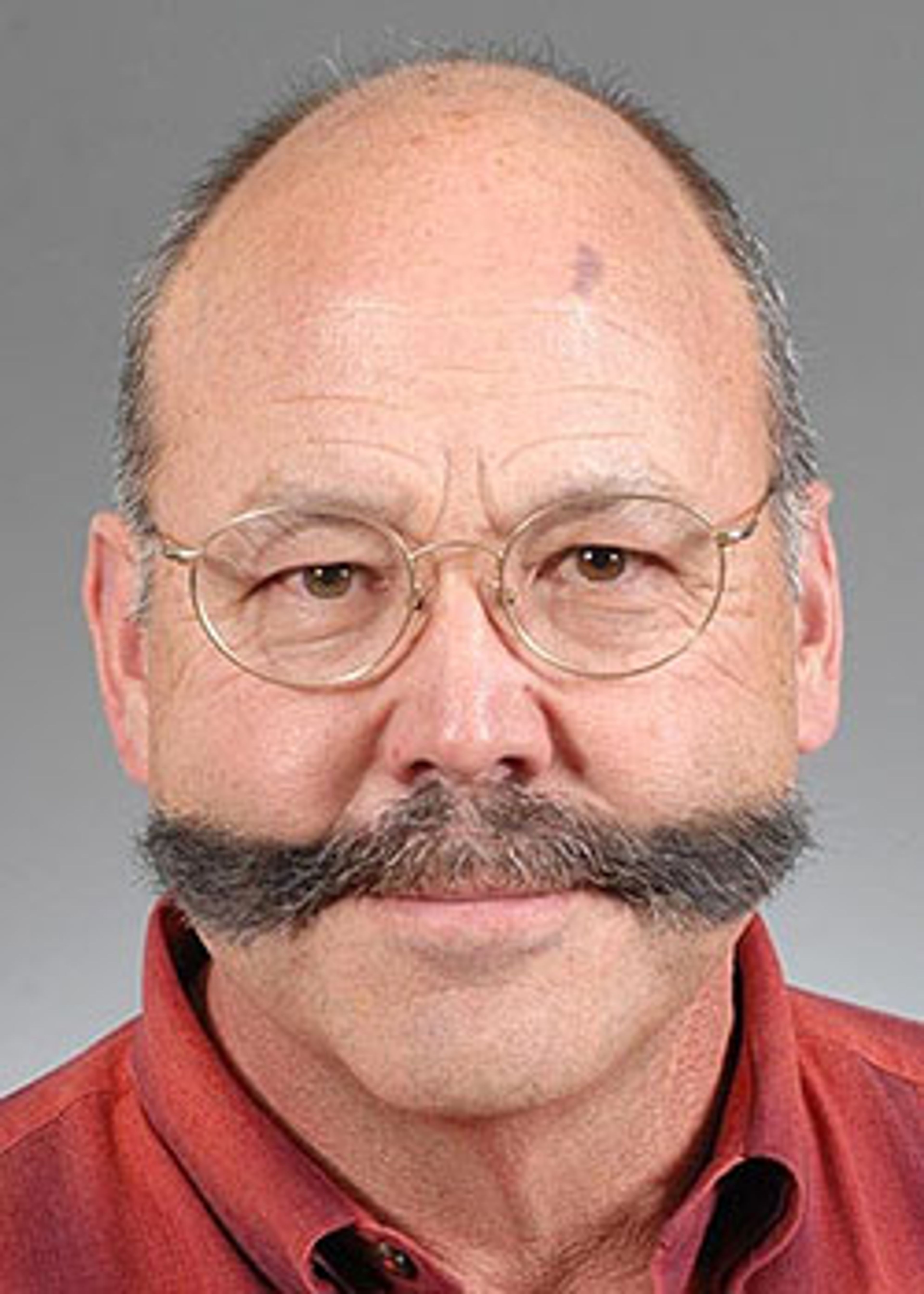Labor, fertilizers, water, fuel and many other resources go into the production, processing, transportation and storage of the foods we eat.
It is estimated that 30% to 40% of purchased foods in the U.S. end up in landfills or other waste streams. As that food decomposes, it produces methane, a greenhouse gas that enters our atmosphere and contributes to climate change.
Compounding the issue of food waste and loss, the average family spends more than $100 a month on food that will never be consumed. However, there are steps we can all take to reduce waste and put that $100 a month back into our collective pockets.
Before going to the grocery store, take stock of what you already have at home to prevent duplicate purchases. Meal planning can help you decide what foods must be purchased for meals and how leftovers can be effectively used. For example, chicken can be roasted for one meal, and leftover chicken can be used to make soups, quesadillas, lunch wraps or other tasty foods. Only purchase perishable foods that will be consumed within the week.
It is essential to understand the expiration date labeling on foods. Except for infant formula, most packaging dates are for best quality and not for food safety. The “best if used by/before” and “use by” dates indicate the product’s best quality, while a “sell by” date tells the store how long to display the product for sale. A “freeze by” date indicates when a product should be frozen for best quality.
After purchasing food, ensure it is stored properly to reduce waste. A refrigerator thermometer helps ensure that your refrigerator is set below 40 degrees Fahrenheit, preventing many pathogens and spoilage organisms from growing on your food. Storing vegetables and fruits like apples and berries in the refrigerator will extend the longevity of your produce.
When storing leftovers, write the date the food was placed in the refrigerator on a piece of masking tape and stick it on the food container. This will help you remember which foods need to be consumed first. Additionally, placing foods that will expire soon into a designated refrigerator bin or area can help ensure they are consumed before they go bad.
Remember that some foods, such as deli meats, hot dogs, and other packaged foods, will usually need to be consumed within three to five days after opening, for safety. The FoodKeeper app (bit.ly/3zPQkmy), available for download on Android and Apple devices, can help ensure that stored foods maintain quality and are safe to consume. Remember that you can usually freeze most foods if they are approaching the last date for consumption, thus giving your perishable foods a longer lifespan.
Food banks are always in need of food donations. Check with your local organizations for information about what foods are accepted and how to donate. Those cans of chunk chicken or beans that you will never use could help those in need make a protein-rich meal. Make sure cans are in good condition and not past their prime when donating.
Home composting is another good option for turning produce waste into valuable nutrients for your home garden. Make sure any food added to the compost system is in good condition and free of contaminants. Be sure to mix brown waste, such as yard trimmings and leaves, with your green waste. Turn your compost often to keep it oxygenated, and keep it damp for faster breakdown of waste. More information on home composting can be found on the U.S. Environmental Protection Agency’s website at epa.gov/recycle/composting-home.
By reducing the amount of food we throw away, we can save money, reduce the inputs needed for growing food that ends up as waste, and reduce greenhouse gas emissions from the growing, production, processing, transportation, and storage of food. For more information on reducing food waste, visit the Washington State Department of Ecology’s website at bit.ly/3TPhHUO.
Smith is an associate professor and statewide consumer food specialist for Washington State University in Pullman. Comments or questions may be emailed to food.safety@wsu.edu.








